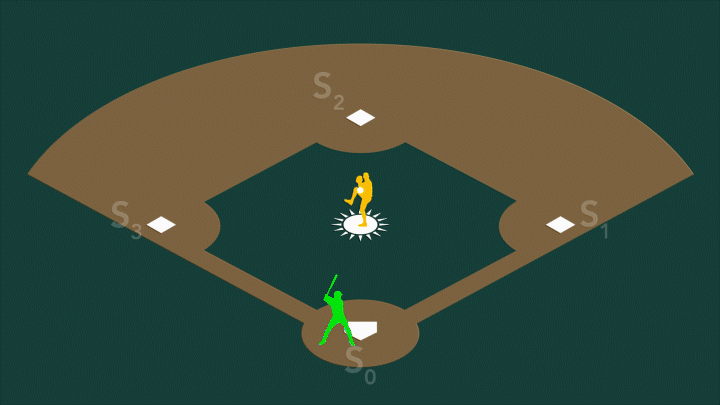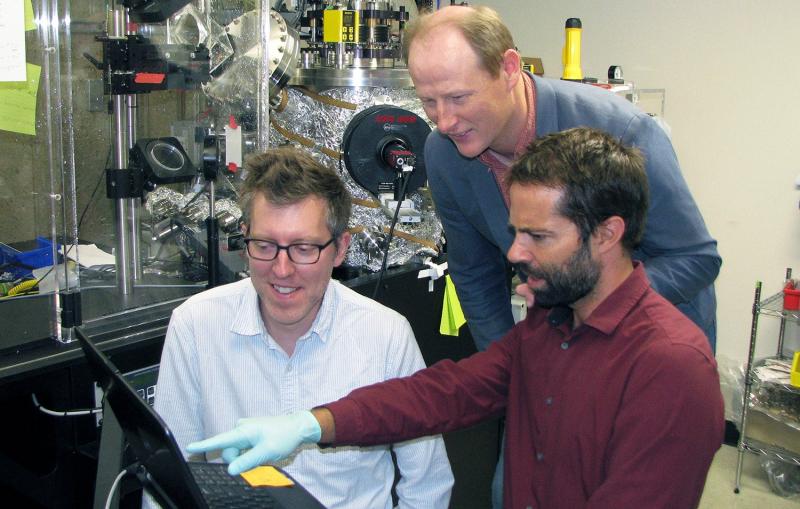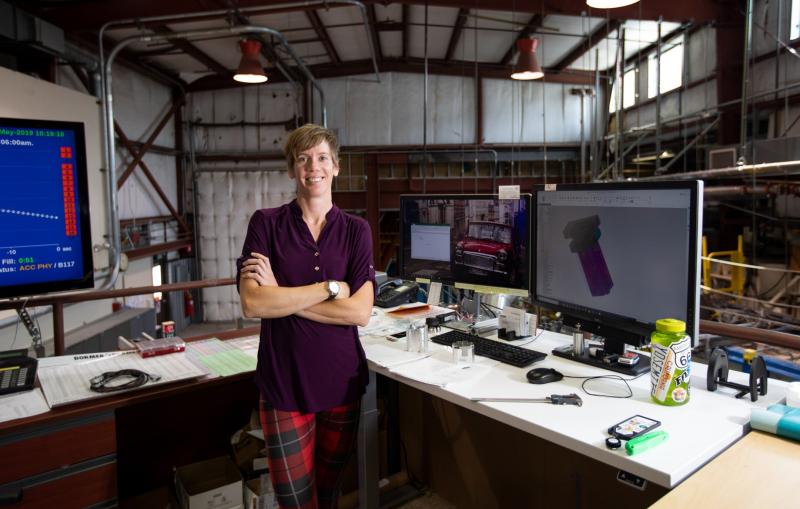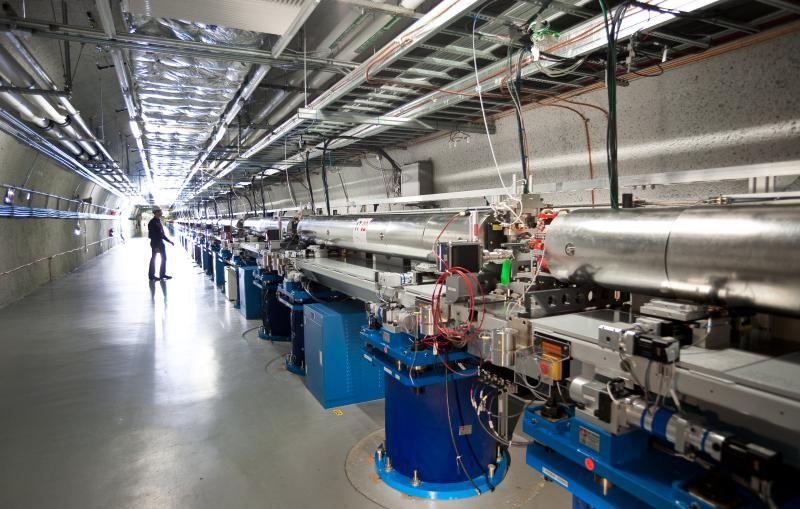Animation
In photosystem II, the water-splitting center cycles through four stable states, S0-S3. On a baseball field, S0 would be...




In photosystem II, the water-splitting center cycles through four stable states, S0-S3. On a baseball field, S0 would be...



